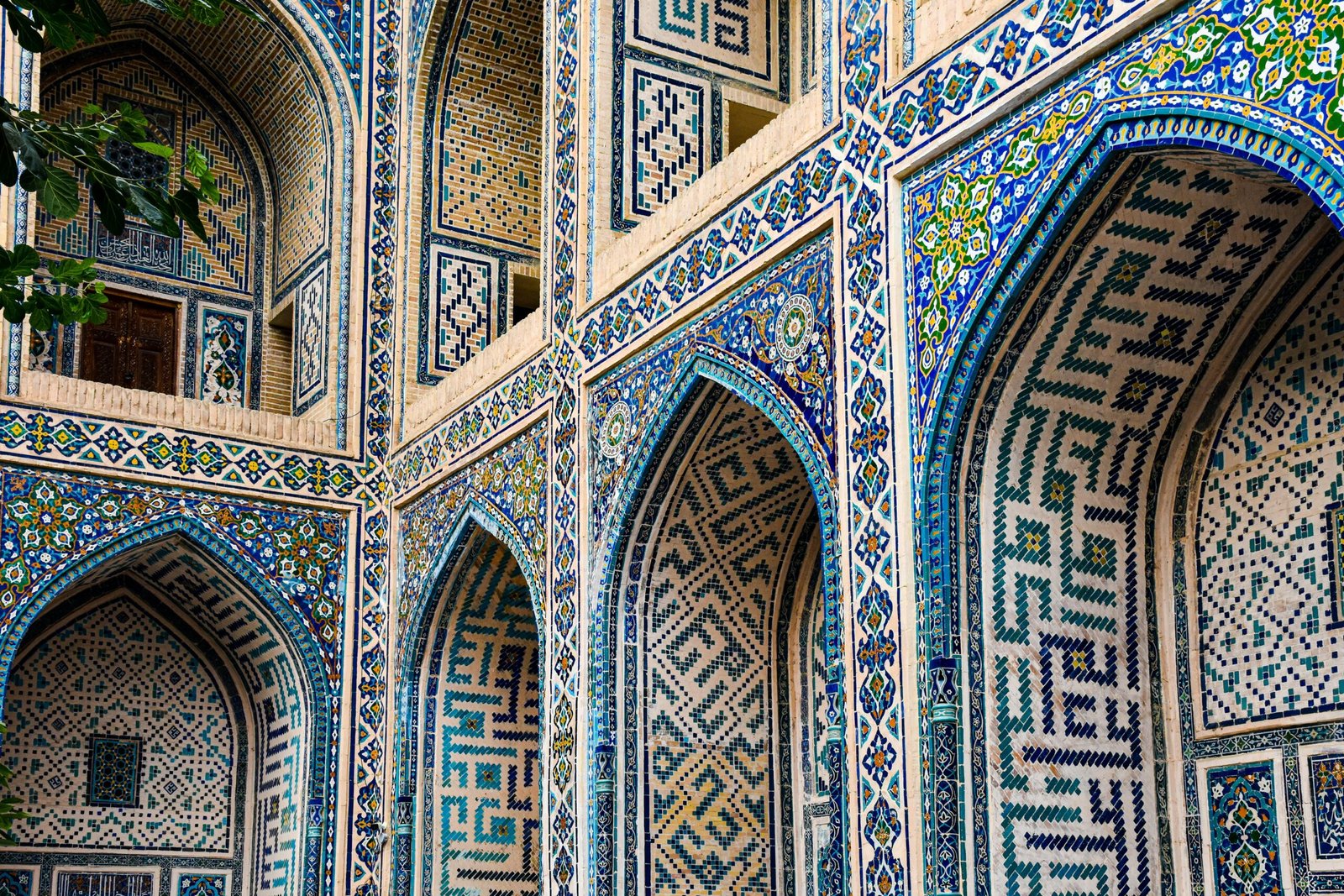- SINHALESE PEOPLE
Sinhalese dancers walking in traditional attire
Approximately 75% of Sri Lanka’s population is made up of Sinhalese, who are indigenous to the country. Even after years of colonial control, their culture, which is over 2600 years old and mentioned in Buddhist writings, has survived to this day. A significant aspect of Sinhalese culture is the performing arts, especially the ceremonial Kandyan dance.
On the Classical Sri Lanka tour, you will meet Sinhalese and witness a Kandyan dance.
- THE SAMI
The Sami are regarded as Europe’s last native people. The Sami place a great deal of importance on the sacred reindeer, which is reflected in their language, activities, and songs. They have long been reindeer herders, and this Arctic deer is important to their entire culture and economy. They live in the Sápmi region of northern Scandinavia and are highly assimilated into contemporary life. - THE HIMBA
A Himba tribesman resting on a towel, wearing elaborate ornaments and braided hair
This indigenous tribe leads a pastoralist, semi-nomadic lifestyle mostly in Northern Namibia. With their complex jewelry, goat-hide garments, and ochre-pasted red skin and hair, this tribal society is one of the most distinctive societies on the planet. Because they reside in isolated settlements that are cut off from the rest of Namibian civilization, their way of life has survived to this day. - QUECHUA PEOPLE
Posing for the camera is a Quechua girl holding her lama while wearing traditional clothing and a hat.
As evidenced by their distinctive clothing and the persistence of their ancient language, Quechua, the Quechua people of the Andean highlands predate the well-known Inca empire and retain a strong feeling of individuality. Despite regional and dialectal variations, the Quechua people are primarily located in Peru, especially in the Sacred Valley. People from Cusco are enticingly different. The world is renowned for the quality and elegance of their textiles, which are created using natural dyes and frequently the wool of their dependable alpaca friend. The diet of the Quechua people, which includes corn, cuy (guinea pig), and Pachamanca, a traditional cooking technique that uses volcanic stones and an earthen pit as an oven, has been affected by their adaptation to the high altitudes of the Andes. - BERBERS
In the desert, two Berber men are sleeping with their camels.
The pre-Arab population of North Africa, which was dispersed among numerous nations but primarily concentrated in Morocco, is the ancestor of the Berbers. Their artistic heritage in henna painting, weaving, pottery, and design has earned them international renown. - BAJAU PEOPLE
South East Asia is home to a group of Austronesian tribes known as the Sama-Bajau, or “sea nomads.” Their unusual seafaring lifestyle, which sets them apart from other tribes around the world, earned them the nickname “sea nomad.” They have traditionally only come ashore for provisions or storm shelter, living on tiny houseboats. They are as at ease in the water as they are on land, and many of them freedive for food. They can hold their breath for minutes at a time, which is breathtaking. Their diving habit is so widespread that they have evolved larger spleens to aid in diving due to natural selection. This distinctive feature enhances the awe of traveling through Asia, where you will encounter intriguing cultures with all of their quirks.
- The Nubians
A cheerful Nubian couple wearing traditional clothing stands.
Dating back to 3500 BC, the Nubians are descended from one of the world’s earliest civilizations. Nubia, the ancient name for the area including much of the Nile through present-day Egypt and Sudan, is regarded as one of the “cradles of civilization.” Although the Nubians are the original inhabitants of this region, Ancient Egypt’s conquest diminished their power. Much of the territory where their ancient ancestors had lived, in South Egypt and Sudan, is still home to the surviving elements of Nubian civilization.
As you walk down the Nile on the Wonders of Egypt excursion, stop by a Nubian town and bazaar. - The Arab deservants’ Bedouin people
A Bedouin man mounted on a camel with the Giza pyramids in the backdrop
The Bedouin people are nomadic desert dwellers who live in a number of North African nations as well as the Arabian Peninsula and the Middle Eastern deserts. They are tribal, speak Arabic, and have a strong bond with the desert. The word “Bedouin” itself means “desert-dweller.”
Join Bedouin natives on the Jordan Experience trip for tea under the stars in the Jordanian desert. - MAASAI PEOPLE
Standing in a crowd are Masaai people dressed traditionally.
One of the few East African tribes whose customs and way of life have survived to this day is this one. The Maasai were a dominant group before European colonization, but their dominance was negatively impacted.
